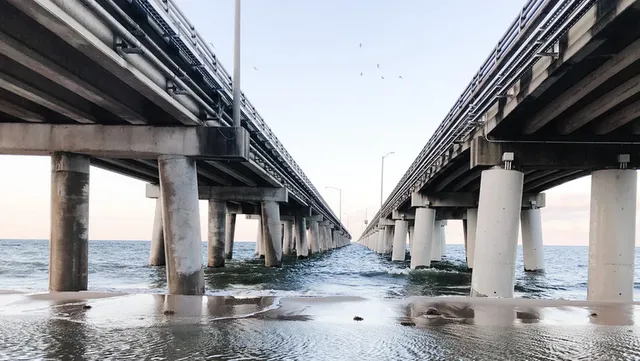The Weight of Waste: Sewage and Riverine Pollution
A significant contributor to the Bay's water quality issues stems from wastewater.
- Over 150 sewage treatment plants directly discharge into the Chesapeake Bay.
- Furthermore, the mighty Susquehanna River, a major artery feeding the Bay, carries pollutants along its 600-plus-mile journey through New York and Pennsylvania. Many non-compliant sewage plants along its course contribute to the nutrient and contaminant load that ultimately reaches Chesapeake waters.
Agricultural Impacts: The Delmarva Poultry Industry
The Delmarva Peninsula (comprising parts of Delaware, Maryland, and Virginia) is home to one of America's largest concentrations of chicken farms.
- This intensive agricultural activity introduces enormous pollution from chicken waste products into the Chesapeake watershed. Runoff containing excess nutrients like nitrogen and phosphorus from manure can fuel harmful algal blooms, deplete oxygen, and degrade water quality.
The Menhaden Crisis: A Keystone Species Under Siege
The health of the Chesapeake Bay has historically relied on robust populations of filter feeders, primarily oysters and menhaden.
- Filtration Power Lost: In the early 1900s, it's estimated that these filter feeders could clarify the Bay's entire water volume in a matter of hours. Today, due largely to the decimation of oyster beds and the intense fishing pressure on menhaden, that same level of natural filtration takes more than a year.
- Menhaden as the Last Stand: With oysters largely gone, menhaden are the sole remaining filter feeder of significant note. These small, oily fish swim in dense schools, consuming vast amounts of plankton and detritus, effectively cleaning the water.
- Industrial Overfishing: However, a single company operating large trawlers, often guided by spotter planes, harvests a staggering nearly 65 percent of the entire Atlantic coast's menhaden stocks near Reedville, Virginia. This has a devastating two-fold impact.
Cascading Consequences: Striped Bass and Ecosystem Health
The depletion of menhaden doesn't just harm water quality; it ripples through the food web.
- A Crucial Food Source: Menhaden are the primary, nutrient-rich food fish for iconic Chesapeake species like striped bass (rockfish).
- Starving Stripers: With fewer menhaden available, stripers are forced to turn to less nutritious alternatives like silversides and bay anchovies, which lack the essential oils and protein found in menhaden. As a result, anglers and scientists are observing more "skinny stripers" – fish that are effectively slowly starving.
- The Bay's Liver: The crucial role of menhaden as filter feeders can be likened to a liver for the Bay – vital for cleansing and maintaining health. The continued "slaughter," as the original text puts it, of menhaden populations poses a severe threat to the overall well-being of the Chesapeake ecosystem.
The Chesapeake Bay is at a critical juncture. The combined pressures of sewage discharge, agricultural runoff from industries like the Delmarva poultry operations, and the severe depletion of keystone filter feeders like menhaden are pushing this vital estuary to its limits. The declining health of important predator species like striped bass is a clear indicator of an ecosystem in distress. Addressing these multifaceted challenges requires a concerted effort to reduce pollution and implement sustainable fishing practices to ensure the "Heart of the Chesapeake" can beat strongly for generations to come.
